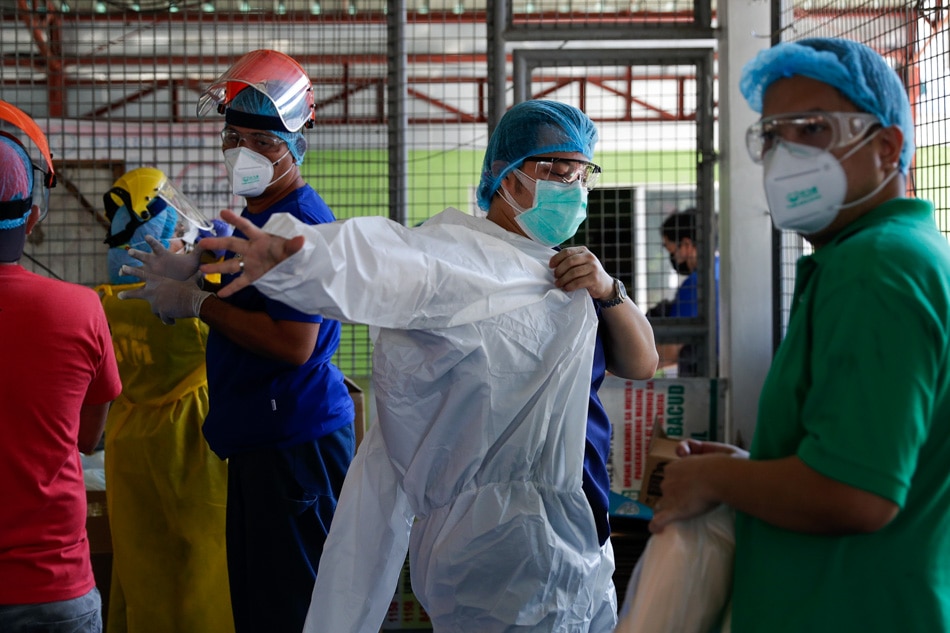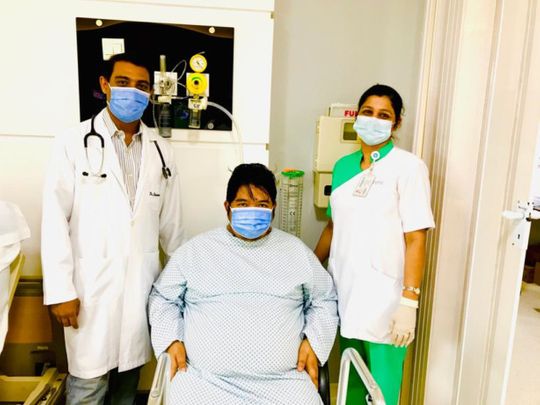
Dry land is far away A new short article I wrote with via - Marc Lipsitch April 1, 2020Ħ. Navigating the Covid-19 pandemic: We’re just clambering into a life raft. As Wellcome Director Jeremy Farrar rightly summed it up: “Science is our exit strategy”. In addition, specific treatments and vaccines are not far away. We are better prepared now to achieve this- we have faster tests for detecting infections and more knowledge on the settings that favour transmission. New Zealand and other Asian countries have shown that a Zero-COVID strategy is possible. At the end, Europe’s second wave shows that it may be necessary to aim for more than simply keeping the virus in check. Much time and energy were spent on discussing the best exit strategies. The first total lockdowns were like jumping from a sinking boat to the life raft. The speed at which the virus spread took most of Europe by surprise. Dry land is far away” said Marc Lipsitch, epidemiologist, in March. “With COVID-19, we’ve made it to the life raft. Timeline: President Trump’s comments on the coronavirus /vT08JNmhym - Al Jazeera News Octo5. And, as New Zealand’s government has so brilliantly demonstrated, the adoption of early and aggressive measures is much more successful when leaders show empathy and inspire trust. Asian countries, building on their previous experience with SARS or other infectious diseases, were quick to react and implement contact-tracing procedures, while Western countries often “ floundered with this basic public health procedure”. Without any doubt, the countries that best succeeded in curbing the spread of the virus (and even eliminating it from their territory) were not necessarily those with more resources, but rather those who did not hesitate to implement aggressive measures to contain the virus (testing, contact tracing, isolating) or eventually control its spread (restricting mobility or closing businesses) as early as possible. If you need to be right before you move, you will never win”, said Mike Ryan, epidemiologist at WHO, in March. With over 75 million confirmed cases and 1.7 million deaths to date worldwide, there is no questioning its health impact.

Although its lethality varies greatly across settings and ages, in average it kills almost 1 out of every 100 infected people and may leave long-lasting sequelae in up to 1 out of 20 infected people. Alas, unlike SARS, which was successfully contained by isolating sick people, it turned out that this “new” coronavirus is highly transmissible (even by people who present no or few symptoms) and can remain airborne longer than thought. Unfortunately, she was right, even if at that time many of us believed unlikely that the handful of reported cases in Wuhan would become a full-blown pandemic of such magnitude. “Not liking the look of this”, tweeted Helen Branswell, science journalist for statnews, on January 2. I hope this piece, in showing what went wrong, helps. To avert the future pandemics we know are coming, we MUST grapple with all the ways normal failed us. We long to return to normal, but **normal led to this**. As economist Mariana Mazzucato and others have been saying, it is time to rethink capitalism. Ultimately, the best way to reduce the risk of future pandemics is by avoiding a return to “business as usual”. But, as German virologist Christian Dorsten pointed out, “there is no glory in prevention”, and pandemic preparedness has not received the necessary resources or attention. Scientists and public health experts around the world have been warning us for many years that a pandemic caused by an unknown virus was not a matter of “if” but of “when”, and that we needed to prepare. Our current model of economic growth has led to increasing deforestation and loss of biodiversity, accelerated urbanization, intensive animal farming, global travel - all factors known to increase the risk of zoonotic viruses jumping to human hosts and spreading with alarming ease. “Normal led to this”, wrote Ed Yong, science journalist for The Atlantic, in August. But I have selected 10 statements that struck me- for better or for worse- and which may help illustrate how the pandemic has unfolded and what may await us next. Many things have been said during these (painfully long) 12 months. So I borrowed an idea from science journalist Kai Kupferschmidt, who asked his twitter followers which were the “pandemic quotes” they most remembered. When trying to write this end-of-the-year post, I realised my words were not enough to describe the COVID-19 pandemic or its impact. Click here to sign up for email updates from ISGlobal. Stay informed on the COVID-19 scientific updates and other global health issues.

But then again, as science journalist Ed Yong elegantly put it, “Normal led to this”.

This year has certainly not been a normal one.


 0 kommentar(er)
0 kommentar(er)
